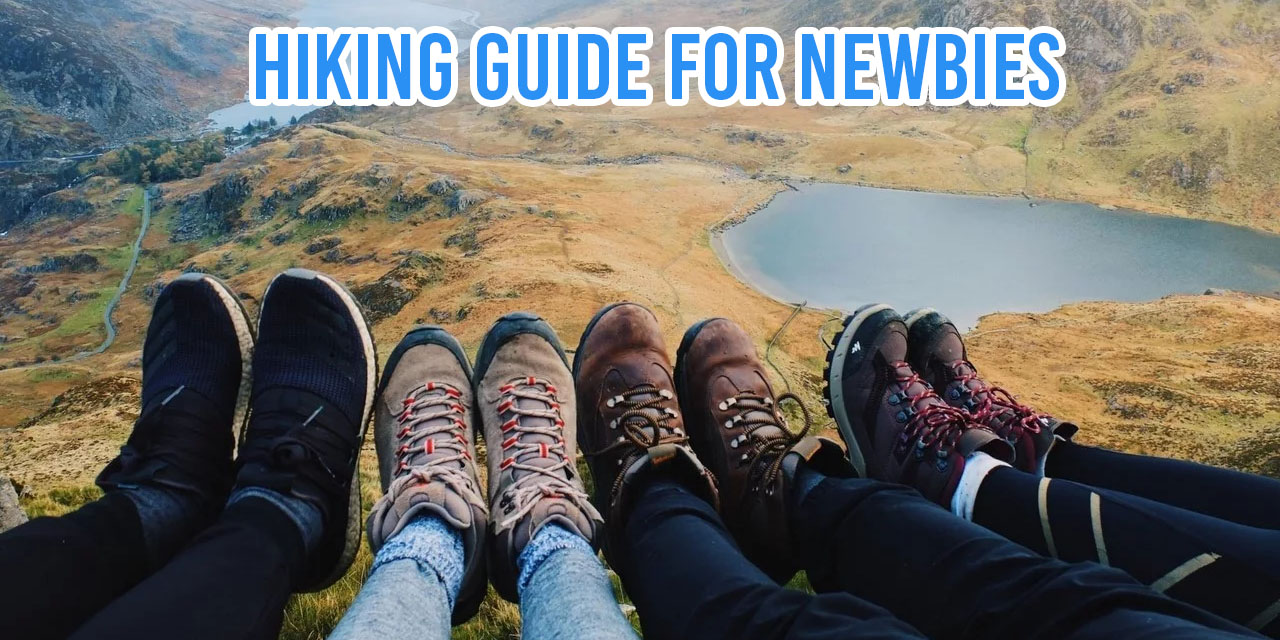Hiking tips for beginners
Whether it’s scaling up Mount Kinabalu in Sabah or embarking on unforgiving Everest expeditions, hiking is no easy task. Especially when you’re a beginner, climbing up a mountain in a foreign land might seem even more daunting.
Whether it is to challenge yourself, have a refuge amidst nature or satisfy your inner adventure seeker, you don’t want insufficient preparation hindering you from achieving what you’re there for. Which is why we’ve rounded up the important pointers you should take note of before setting foot on hiking grounds.
– Planning –
Where to go for your first overseas hiking trip
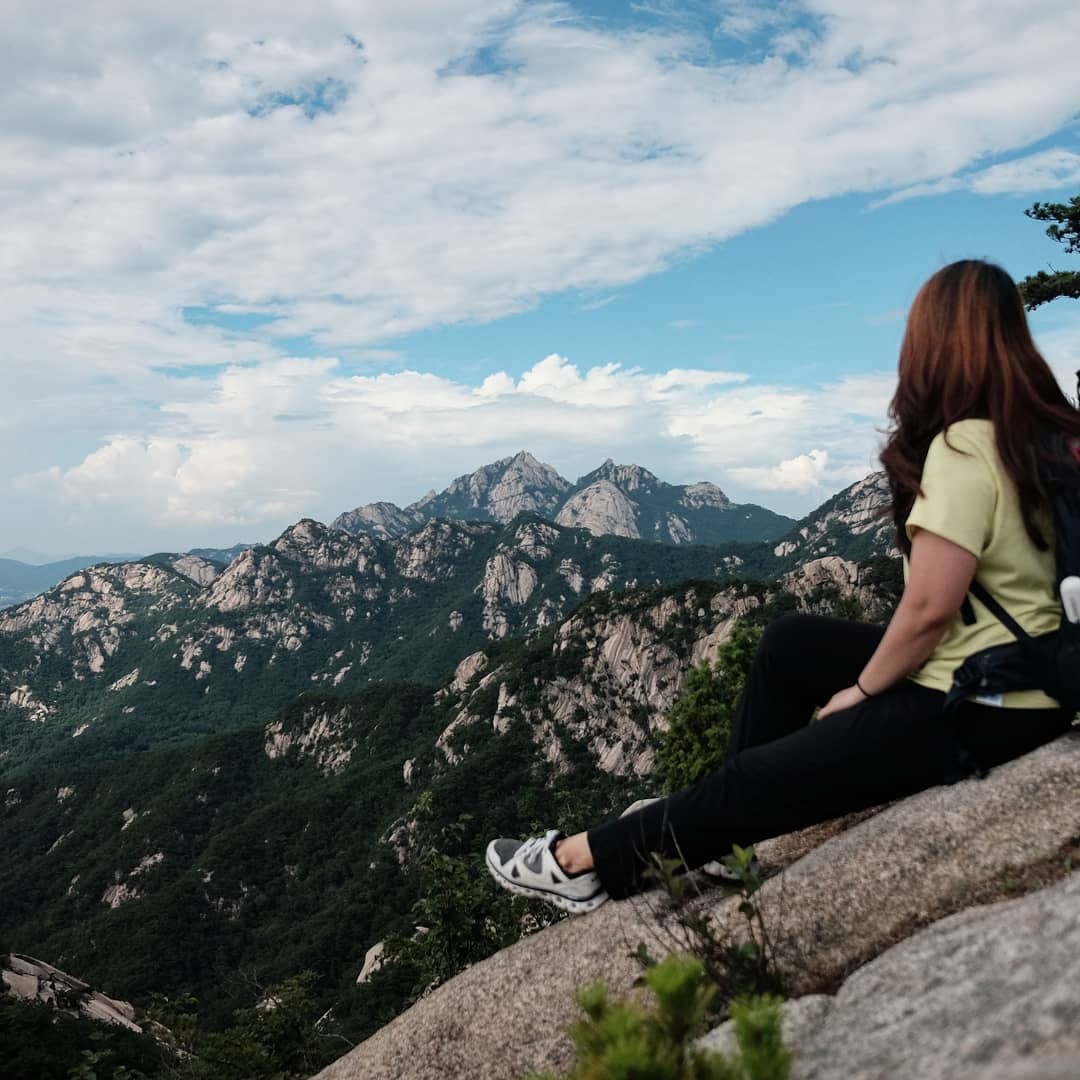
Bukhansan National Park in South Korea
Image credit: @amelia_baik
Picking a suitable hiking location boils down to two factors – your ability and experience. Ability-wise, a high fitness level and good health will place you in a better position to scale a greater height. As for the experience, take note that hiking up Bukit Timah Hill and hiking in a foreign country is a totally different ball game. Be prepared to face steeper trails and more intense weather.

Mount Fuji
Image credit: Passion Passport
By doing a simple personal assessment in these two areas you can then determine which difficulty level to opt for. Most trails are categorised according to the 4 main groups, namely “Easy”, “Moderate”, “Challenging” and “Very Difficult”.
Other things to things to consider are the duration of the hike and of course how far and high up you’re willing to go. Be sure to check the season of the time period you’ll be travelling especially for non-tropical countries – you don’t want a surprise visit from Frosty the Snowman.
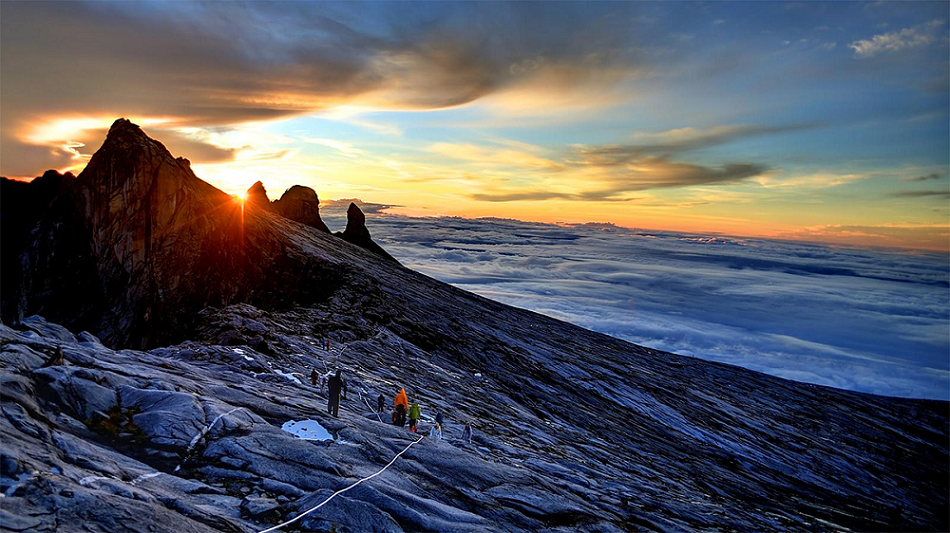
Mount Kinabalu
Image credit: G Adventures
For a concrete list of hiking locations, you can check out All Trails which allows you to sort your searches by proximity, difficulty and suitability – including kid- and dog-friendly routes. Hiking Project is another similar website that allows you to search for trails while also providing maps, photos and reviews of the routes.
Who to go with


Ladies from the Amazing Trekkers Club hiking together on a sunny Saturday morning
Image credit: Constance Koay
Don’t run before you learn how to walk. Doing your first hiking trip solo can be tricky and less safe, so it’ll be good if you can find a friend to do this fitspo activity with you. Alternatively, you could find hiking buddies which oftentimes include more experienced individuals who’ll help guide you and take care of you on the trip.
Check out MeetUp which connects you with hikers from Singapore and all over the world. The Amazing Trekkers Club is another option, particularly for women, where you can get in touch with like-minded female hikers, train and go on expeditions together.
– Attire –
What clothes to wear
Choosing the right clothes for a hike is largely based on the weather which you’re hiking in. But whatever the weather, always opt for waterproof, sun protecting and most importantly, comfortable clothing. Fashion should be the least of your concerns when you’re on your hike.

Image credit: @annapruna_apparel
For colder climates, make sure to check off at least 3-4 layers of clothes. Your base layers should be made quick-drying materials like polyester because you’re likely to sweat and you don’t want to feel like a wet dog by the end of the hike. Pack on an insulation layer on top of that like a lightweight pullover or jacket, followed by waterproof outerwear. As for bottoms, sports tights underneath hiking pants will be sufficient.
If you’re preparing for a hike in a tropical country, just a simple tee is enough. But do bring along a waterproof jacket that provides sufficient warmth because it can get colder when you ascend to higher altitudes. Convertible pants are also a good option as they protect you from getting cuts and insect bites while allowing you to switch to a shorter length when it gets hot.
What type of shoes to wear

When it comes to hiking, footwear is everything. Hiking shoes might look intimidating with their chunky, clunky soles and thick heel paddings but you simply have to consider 4 factors when deciding on the right pair: support, material, fit, and comfort.
Hiking boots are more suited for multi-day expeditions whereas shoes are good enough for one-day hikes. You can even opt for high-cuts if you have jelly ankles as those will give your feet more support and prevent sprains. In terms of material, you’ll be better off starting with something lighter that is both breathable and has a waterproof exterior, which will work well in rain.
Try to go for a size bigger than you actual foot size to give your toes enough wiggle room. However, your feet should not be able to lift from the shoe with every step you take. Try walking around to test the fit and comfort before making your purchase. Stores like Decathlon have elevated gravel grounds where you can assess the anti-slip and grip of the shoes as well.

Image credit: Decathlon Singapore
Not forgetting socks, of course. Simply get thick socks for cold weather and breathable lightweight ones if it’s hot.
Some other shops in Singapore where you can get your hiking gear:
– Pre-hike training –
Before you get the show on the road, try scheduling at least a month’s worth of training to condition your physical strength.
Shadow local training groups


Groups like The Amazing Trekkers Club organise weekly trekking sessions which you can join to train your stamina. They cover local trails in Singapore like Bukit Timah Hill or Macritchie. To build up your fitness level, some groups might also suggest fitness plans for you to adopt such as strength training exercises or routines to build up your endurance.
Break into your hiking shoes
When you’re up in the mountains, your shoes are your best friend so it is important to adjust to them before the trip. You can start by walking around in your new kicks for 10 to 15 minutes a day in the comfort of your home, before advancing to climbing up flights of stairs. This will act as extra fitness training as well.
Training with a load

On a daily basis, any sane human being would try to stay away from carrying heavy bags, but a heavy weight on your back is part and parcel of hiking expeditions. Load up your bags before the trip and add “training with bag” to your preparation routine. Doing this will get you used to the weight on your shoulders to conquer the hike with greater ease.
– Packing –
Packing for hiking trips can be a little more complicated than packing for regular holidays. On top of the gadgets and gear you should arm yourself with, there’s also a certain organisation method to follow to even out the weight of your bag.
Arranging your backpack
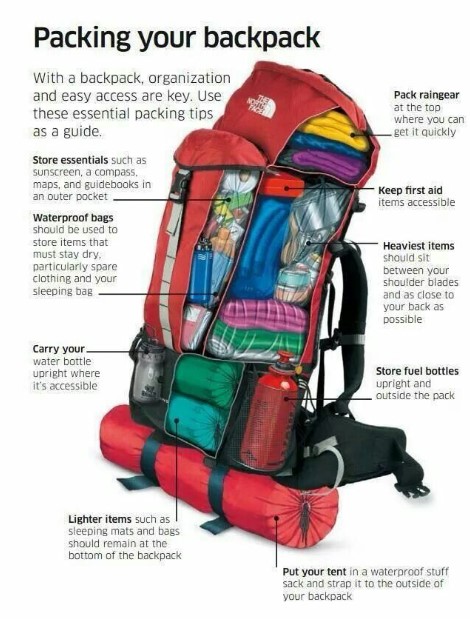

Organise your items by following similar guides
Image adapted from: Çağatay Türe
Uncovering all the different compartments in a bag can be a very satisfying activity and especially with hiking bags because there are just so many. And there are a myriad of bag options as well so for a more straightforward decision making, assess the bags based on the capacity, features and fit.
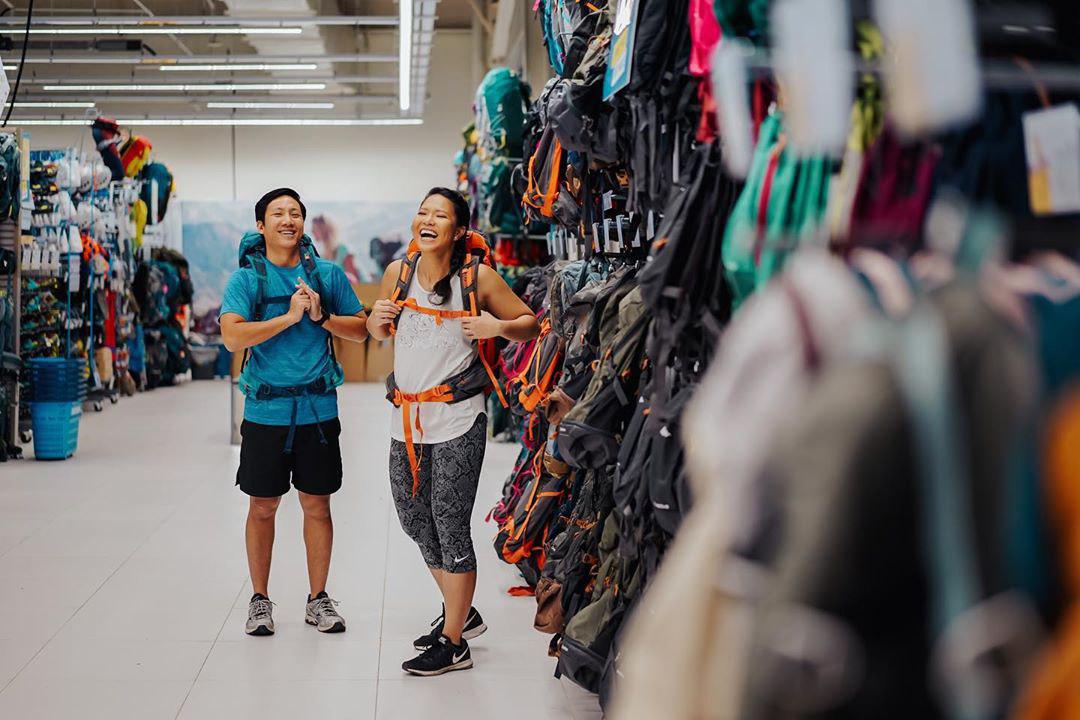
Image credit: @jeffery.koh
Day hikes usually require a 21-35 litre capacity while multi-day hikes require 36-50 litres. Most bags also come with hip belts which you can kiap around your hips. This can be a good marker of the fit of the bag where the top of the belt should sit about one finger above your hips and the bag straps directly on your shoulders.
Food


Image credit: @feliciavairo
You sure ain’t going to get any 5-star gourmet meals when you’re on a hike but you have the perfect excuse to have more sweet food than you normally would.
As a general guide, you should pack food that is high in fat and sugar content like granola bars, nuts and dried fruit. You can also throw in some salted pretzels into the mix as well which will help with replenishing your salt content. Do eat 1-2 hours before your activity, during the activity and after for recovery. For a more comprehensive guide on specific foods to consume on a hike, click here.
Hydration
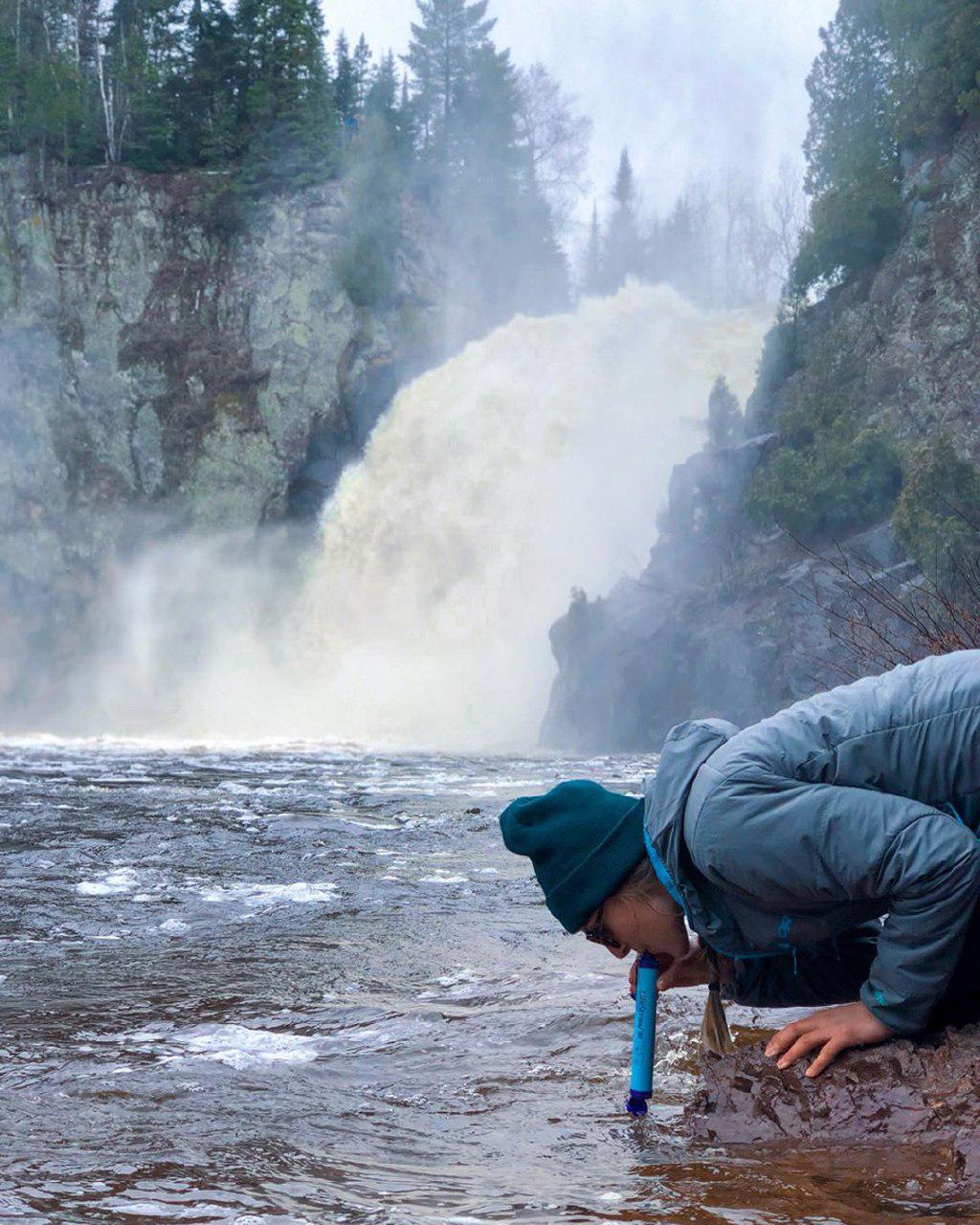
Image credit: @outbackmack_
If there’s only one thing we took away from primary school science lessons, it is that our bodies are made up of 70% water, so hydration is key on your hike.
Before going on your trip, find out whether there are refilling stations or camps on the way up which you can replenish your water. Hikers who’ve been on that particular route might also be helpful in filling you in on such deets. To be safe, purchase water filtration devices such as the Steripen or filter bottles like Lifestraw that’ll let you obtain safe drinking water from rivers.


Image credit: MedDirect
Hydration tablets are also good to have with you as well because they contain useful minerals. This helps to balance your electrolyte content – a vital component when it comes to refilling your bodily fluids. The O.R.S brand of hydration tablets is available at Guardian.
Gear
If you’re slowly becoming fluent in the hiking lingo, you’ll hear the term, the 10 essentials. These are useful things to have on a hike and can be good backboards when creating a packing checklist.
10 essentials:
- Navigation devices – map, compass
- Headlamp with extra batteries
- Sun protection – sunblock, sunglasses, sun protection clothes
- First aid – foot care, insect repellant
- Pocket knife
- Matches, lighter
- Sleeping bag
- Extra food
- Extra water
- Extra clothes
Guide to hiking
Hiking is an activity worth considering when you’re planning for your next adventure abroad. And if you do decide on doing it, this will be a handy guide to ease you into the system of things. Most importantly, stay positive during the journey, and make safety your priority.
Read our articles on hiking and trekking in Singapore here:
